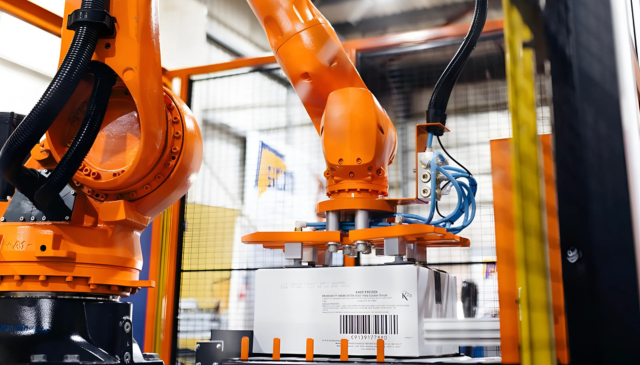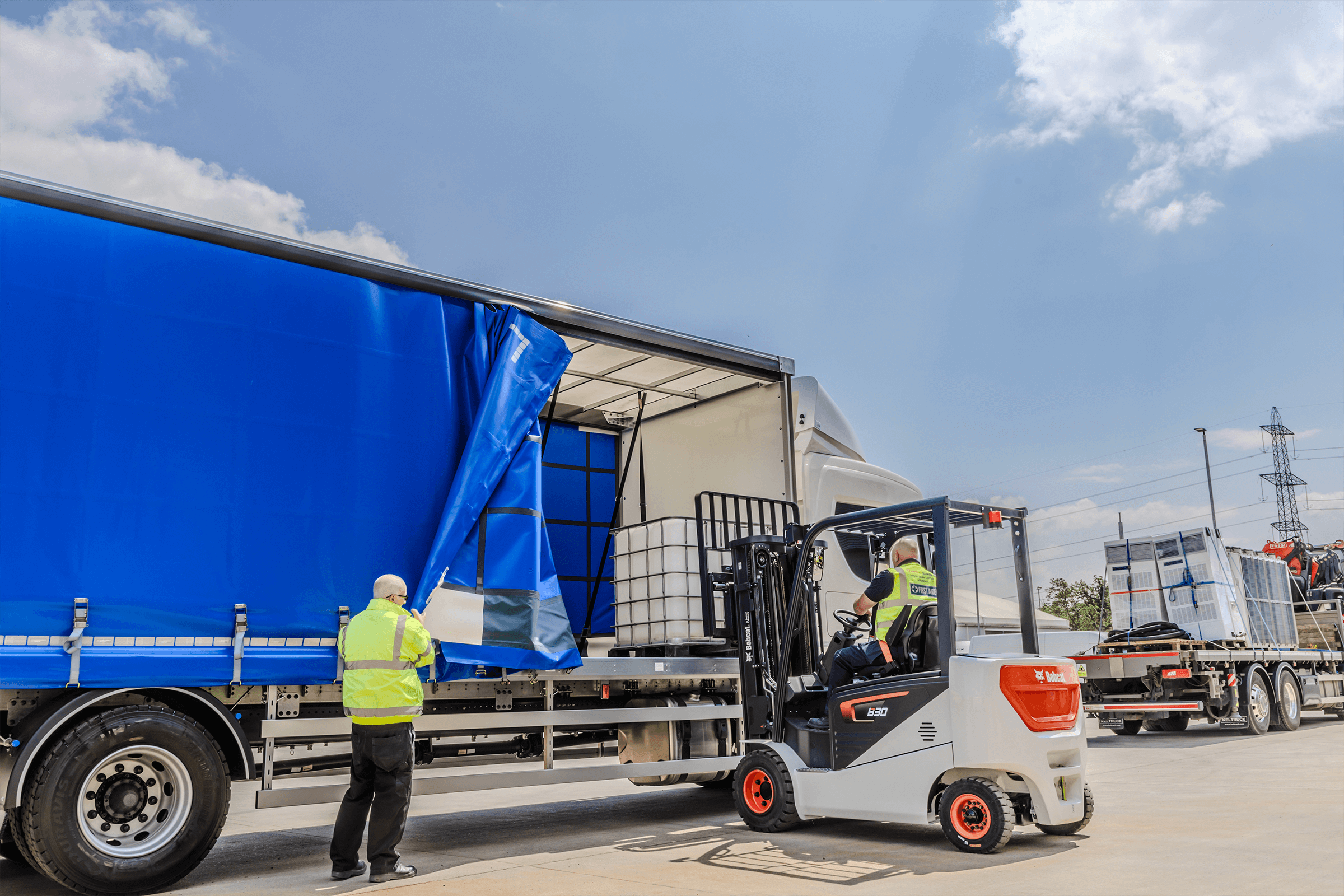
How Underutilisation of Equipment Is Draining Your Profit Margins
In today’s fast-moving business environment, making the most of every resource is essential to sustaining strong profit margins. Yet, many companies fail to fully capitalise on one of their most valuable assets: their equipment. When machinery sits idle or is underused, it not only wastes valuable capital but also hampers operational efficiency. In this article, we’ll explore how underutilised equipment is quietly eating into your profit margins and outline actionable steps you can take to maximise its potential for improved profitability.
The Cost of Underutilisation
Wasted Capital Investment
When equipment remains idle or underused, businesses are essentially squandering the capital invested in these assets. Given that equipment often requires a significant initial investment, failing to maximise its use means the return on that investment is minimal. Not only are you paying for equipment that isn’t delivering value, but you’re also missing the chance to redirect those funds into more productive areas of your business.
Higher Operational Costs
Underutilised equipment can lead to increased operational costs in several ways. Businesses may have to rely on less efficient or outdated alternatives to compensate for equipment that isn’t fully in use, leading to higher energy consumption, maintenance costs, or additional resources to complete tasks. Additionally, the underuse of equipment can create unnecessary downtime, which may require more frequent servicing and repairs, ultimately escalating operational expenditures.
Increased Labour Costs
When equipment isn’t being fully utilised, the manual labour required to compensate for its underuse typically increases. Employees may need to perform tasks manually that could otherwise be automated or streamlined by the equipment, resulting in longer work hours, the need for additional staff, or an increase in overtime costs. This not only impacts the overall efficiency of the business but also raises labour-related expenses.
Missed Opportunity for Growth
Underutilising equipment means missing out on the chance to expand or enhance operations. With equipment sitting idle, businesses are not taking full advantage of their ability to scale production, improve service delivery, or launch new projects. The missed potential for increased output or expanded capabilities limits growth opportunities, preventing the business from tapping into new markets or meeting rising demand. Maximising equipment utilisation can unlock new growth pathways and foster long-term business development.
How to Prevent Underutilisation
A Thorough Equipment Audit
An effective equipment audit reviews the condition, age, and frequency of use of all your assets. By analysing usage patterns and the above information, you can begin to understand whether that equipment is effectively contributing towards productivity or profit. This will give you a good idea as to whether each asset should be repaired, replaced, or sold. It will also give you a better understanding of how you could consolidate machinery to enhance utilisation.
Equipment Scheduling
Efficient equipment scheduling is a key strategy to combat underutilisation. Scheduling systems ensure that machinery is used during peak operational times, minimising idle periods. Proper scheduling can prevent equipment from sitting unused during crucial work hours and ensure that resources are allocated to tasks based on demand. With well-organised scheduling, businesses can reduce downtime, streamline workflows, and ensure that each piece of equipment is working at its full capacity when needed.
Cross-Train Employees
Often, underutilisation can be due to the lack of operators who can use multiple assets. This flexibility ensures that machines do not remain idle simply because a trained operator is unavailable. By having a workforce capable of managing diverse equipment, companies can maintain smoother operations, reduce labour costs, and improve productivity.
Consider Automation
Robotics and automation can significantly enhance equipment utilisation by reducing manual labour and optimising machine performance. Automated systems are designed to run continuously or at optimal efficiency, which helps minimise downtime and increases the overall output of equipment. By introducing automation, businesses can streamline repetitive processes, reduce human error, and make better use of machinery.
Consider Versatile Equipment
Investing in versatile equipment that can handle a variety of tasks is an effective way to reduce the number of specialised machines needed, increasing the overall utilisation rate. Multi-functional equipment allows businesses to adapt more easily to changes in demand, project requirements, or operational conditions. By using a single machine for multiple purposes, companies can reduce the need for additional, underused equipment, lower maintenance costs, and maximise the return on investment for each piece of machinery.
Flexible Equipment Hire
For businesses that face fluctuating demand or only need certain types of equipment occasionally, flexible equipment hire offers a cost-effective solution. Flexible rental terms ensure that you only pay for what you use, offering you the use of high-quality specialised equipment without the financial burden of ownership and maintenance. This approach is especially useful for specialised equipment that may not be needed year-round. Flexible equipment hire ensures that you can scale your operations up or down based on demand, reducing capital expenses and the risk of owning idle machinery.
Underutilised equipment represents a significant drain on your profit margins, as it not only wastes valuable capital but also drives up operational and labour costs. The inability to fully maximise your equipment’s potential limits productivity, increases inefficiencies, and hampers growth opportunities. However, by taking proactive steps like conducting thorough equipment audits, implementing effective scheduling systems, cross-training employees, adopting automation, investing in versatile equipment, and utilising flexible hire options, businesses can turn these inefficiencies around. Maximising equipment utilisation is a powerful strategy for improving profitability, ensuring that every asset contributes to the bottom line. By addressing underutilisation head-on, companies can not only reduce costs but also unlock new pathways for growth and innovation, ensuring long-term business success.


